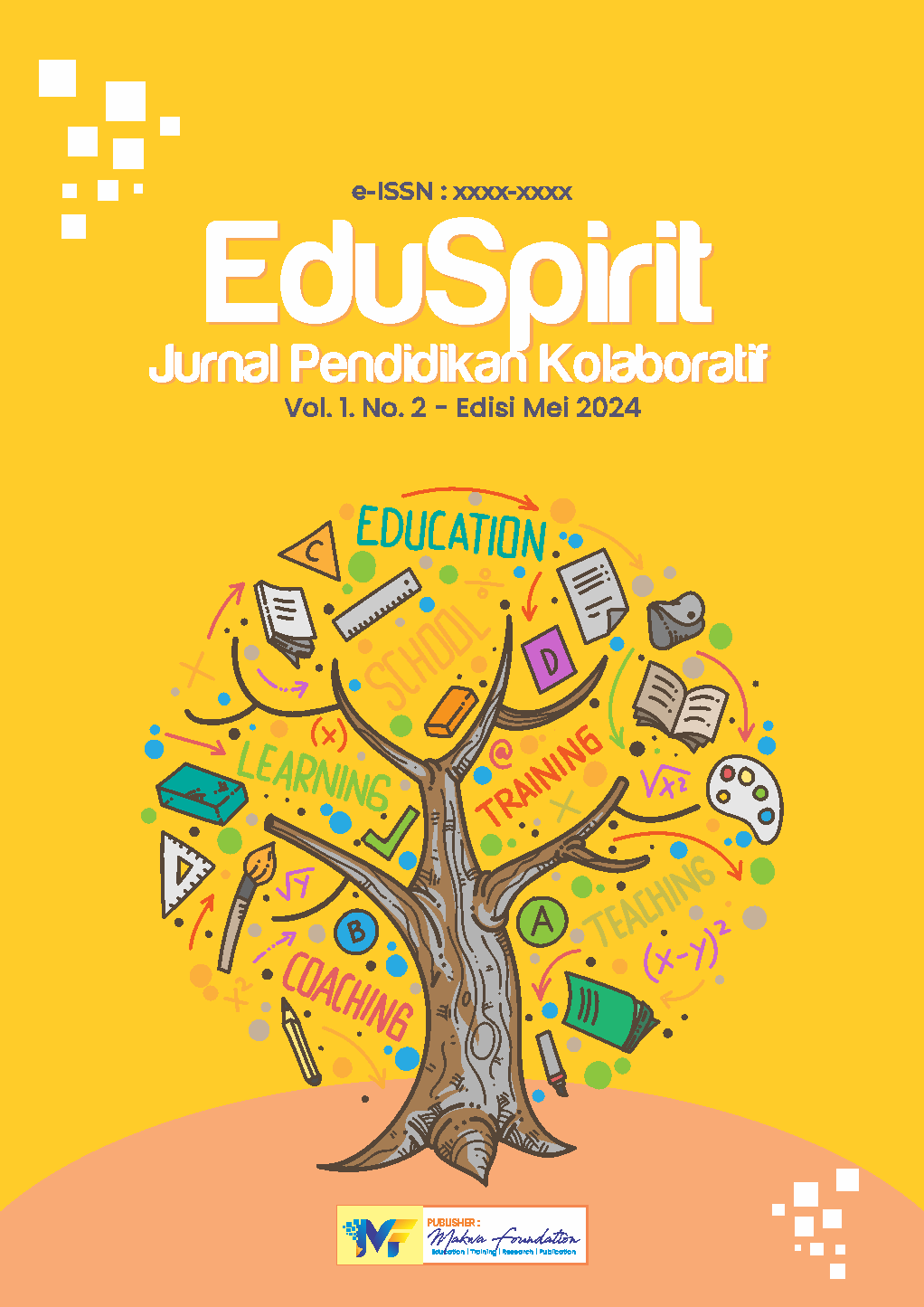Pengaruh Penggunaan Simulasi Komputer dalam Meningkatkan Pemahaman Siswa tentang Listrik di SMKS Teknologi Balam
Keywords:
Simulasi Komputer, Pemahaman Siswa, Teknologi ListrikAbstract
This study aims to analyze the impact of using computer simulations to enhance students' understanding of electricity concepts at SMKS Teknologi Balam. Computer simulations allow students to explore electrical concepts interactively, thereby improving conceptual understanding and problem-solving skills. The research employs a quasi-experimental method with a pretest-posttest control group design. The sample consists of two groups: an experimental class utilizing computer simulations in learning electricity and a control class using conventional methods. Data were collected through concept comprehension tests administered before and after the learning process, as well as observations during instruction. The results indicate that students who learned using computer simulations experienced a more significant improvement in understanding than those in the control group. Simulations helped students visualize abstract concepts and enhanced active engagement in learning. Thus, the use of computer simulations can be an effective instructional strategy for improving students' understanding of electricity.
References
Bandura, A. (1977). Social Learning Theory. Prentice Hall.
Bruner, J. S. (1961). The Process of Education. Harvard University Press.
Deci, E. L., & Ryan, R. M. (1985). Intrinsic Motivation and Self-Determination in Human Behavior. Springer Science & Business Media.
Piaget, J. (1954). The construction of reality in the child. Basic Books.
Schön, D. A. (1983). The Reflective Practitioner: How Professionals Think in Action. Basic Books.
Vygotsky, L. S. (1978). Mind in Society: The Development of Higher Psychological Processes. Harvard University Press.
Vygotsky, L. S. (1986). Thought and Language. MIT Press.
Bandura, A. (1977). Social Learning Theory. Prentice Hall.
Bruner, J. S. (1961). The Process of Education. Harvard University Press.
Deci, E. L., & Ryan, R. M. (1985). Intrinsic Motivation and Self-Determination in Human Behavior. Springer Science & Business Media.
Piaget, J. (1954). The construction of reality in the child. Basic Books.
Schön, D. A. (1983). The Reflective Practitioner: How Professionals Think in Action. Basic Books.
Vygotsky, L. S. (1978). Mind in Society: The Development of Higher Psychological Processes. Harvard University Press.
Vygotsky, L. S. (1986). Thought and Language. MIT Press.
Natalia, M., Roza, V., Melani, M., & Syafitri, W. . (2023). Teachers’ and Students’ Perceptions About The Role Of Technology In Learning English At SMAN 3 Bukittinggi. Journal of Educational Management and Strategy, 2(1), 31–41. https://doi.org/10.57255/jemast.v2i1.213
Ningsih, F. ., Syafitri, W., Syahrul, S., & Irwandi, I. (2023). The Effectiveness of Blog Media in Improving Student’s Ability in Writing Exposition Text. Journal of Educational Management and Strategy, 2(1), 42–57. https://doi.org/10.57255/jemast.v2i1.214
Yuni, R. ., Hendrita, R. ., & Syam, E. . (2023). Improving Students’ Speaking Competence Through Vlog Media At The First Year Of Madrasah Aliyah Negeri 3 Padang Panjang. Journal of Educational Management and Strategy, 2(1), 58–63. https://doi.org/10.57255/jemast.v2i1.249
Downloads
Published
How to Cite
Issue
Section
Citation Check
License
Copyright (c) 2025 Sumardi, Siti Patimah, Iskandarsyah3

This work is licensed under a Creative Commons Attribution-ShareAlike 4.0 International License.



